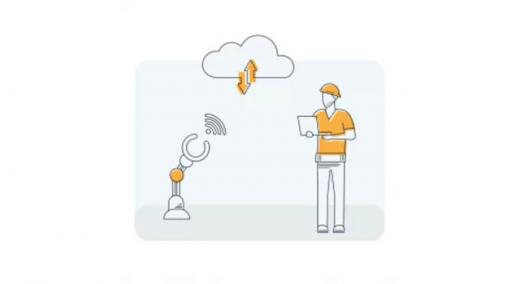Even though it is notoriously resistant to change, the maintenance industry is not immune to the advances in maintenance automation. Things like data collection and analysis, inventory management, resource scheduling, and work order management have been automated for years, thanks to computerized maintenance management systems (CMMS).
|
ADVERTISEMENT |
More recent developments in IIoT technology and supporting hardware offer unprecedented opportunities for maintenance professionals to eliminate guesswork and automate tedious parts of their daily workflow.
The benefits of automation in maintenance
These days, businesses can access cutting-edge technology through a modern CMMS for a relatively mild investment. With it, they can automate data collection, storage, and analysis, which can lead to improved data integrity at a reduced cost.
On top of that, machine learning and data mining provide insight into equipment failure modes and frequencies, automating maintenance intervention scheduling and optimizing inventory management.
…

Add new comment